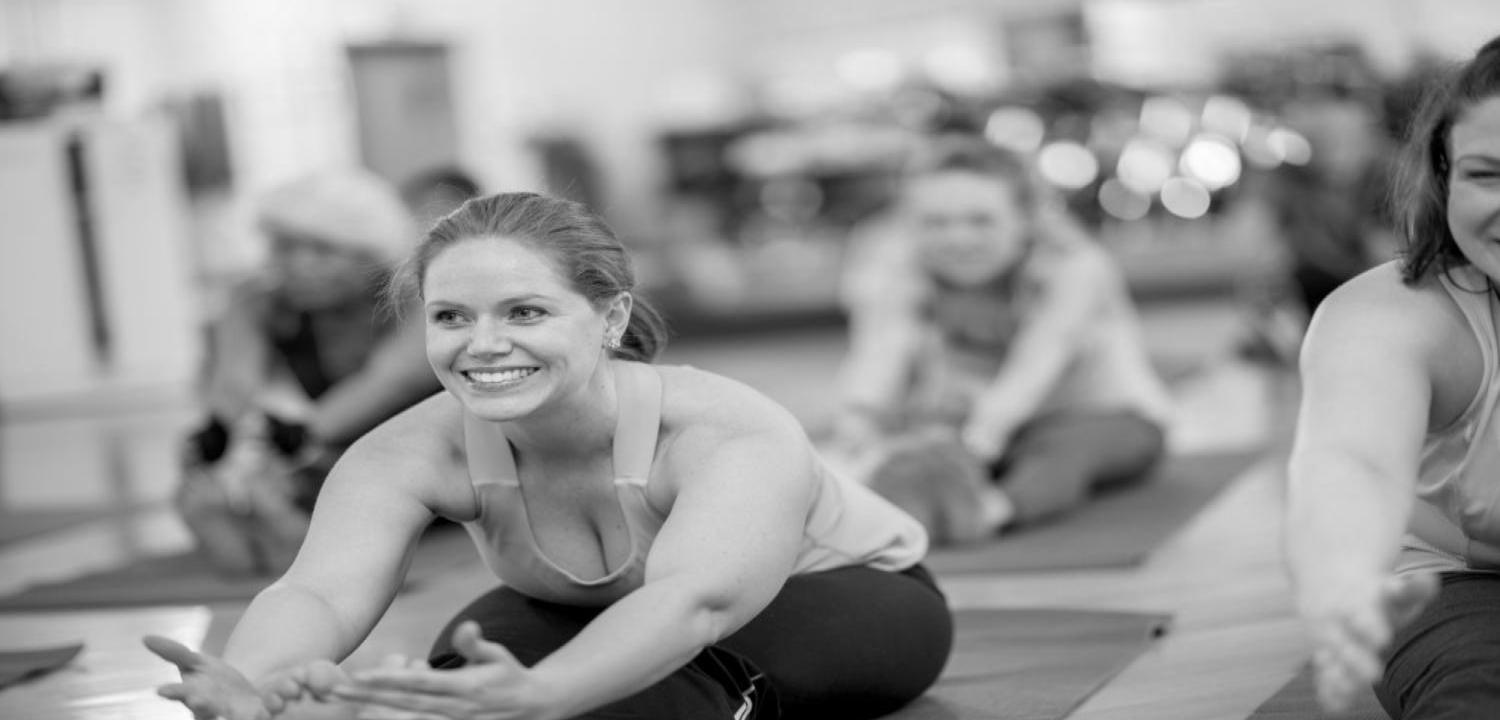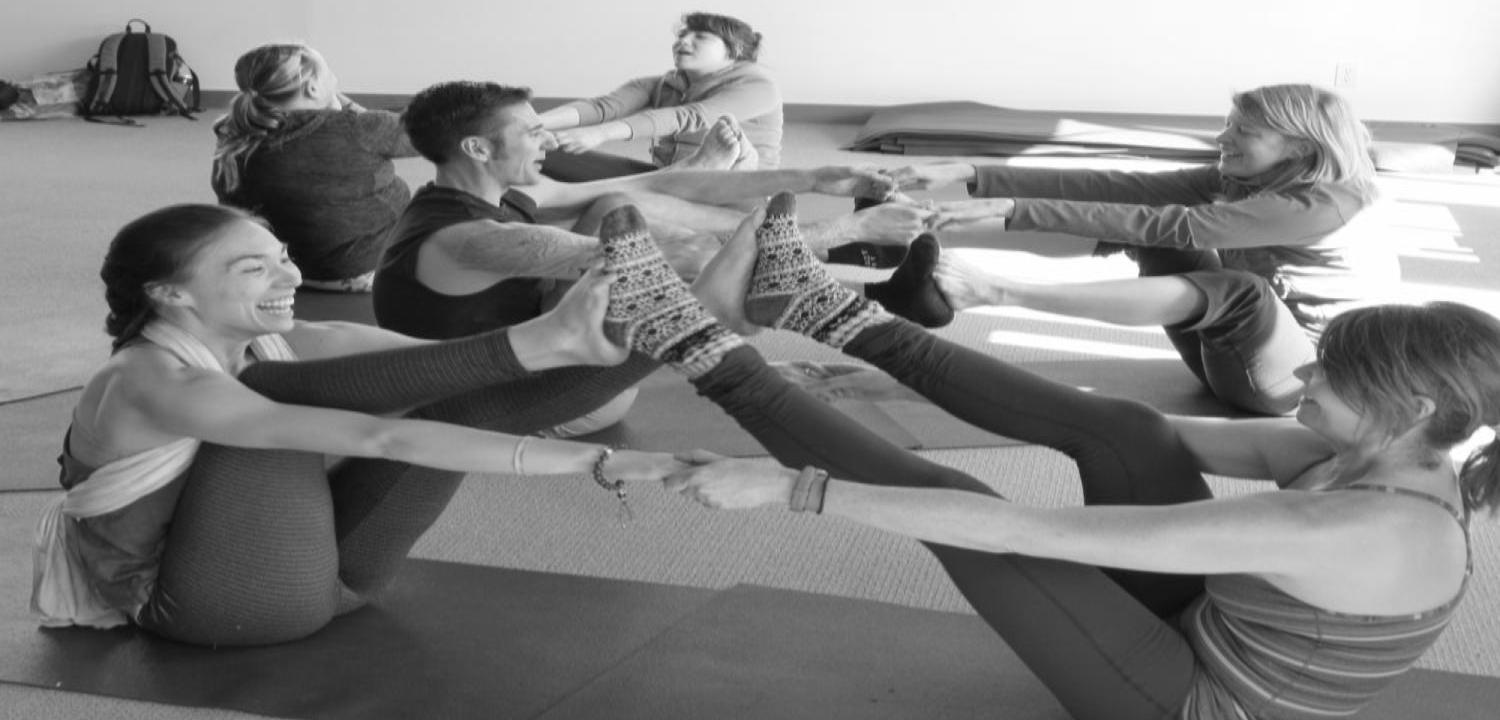Become A Yoga Teacher Starting At Only $2295.
Step by Step
Step 1
Lie on your back on the floor with your knees bent, feet on the floor. Inhale, lift your pelvis slightly off the floor, and slide your hands, palms down, below your buttocks. Then rest your buttocks on the backs of your hands (and dont lift them off your hands as you perform this pose). Be sure to tuck your forearms and elbows up close to the sides of your torso.
Step 2
Inhale and press your forearms and elbows firmly against the floor. Next press your scapulas into your back and, with an inhale, lift your upper torso and head away from the floor. Then release your head back onto the floor. Depending on how high you arch your back and lift your chest, either the back of your head or its crown will rest on the floor. There should be a minimal amount of weight on your head to avoid crunching your neck.
Step 3
You can keep your knees bent or straighten your legs out onto the floor. If you do the latter, keep your thighs active, and press out through the heels.
Step 4
Stay for 15 to 30 seconds, breathing smoothly. With an exhalation lower your torso and head to the floor. Draw your thighs up into your belly and squeeze.
Contraindications and Cautions
- High or low blood pressure
- Migraine
- Insomnia
- Serious lower-back or neck injury
Modifications and Props
The backbending position in Matsyasana can be difficult for beginning students. Perform the pose with your back supported on a thickly rolled blanket. Be sure your head rests comfortably on the floor and your throat is soft.
Deepen the Pose
To increase the challenge in this pose, slide your hands out from underneath your buttocks and bring them into Anjali Mudra (Salutation Seal) with arms outstretched and fingertips pointing toward the ceiling.
Benefits
- A traditional text that Matsyasana is the destroyer of all diseases.
- Stretches the deep hip flexors (psoas) and the muscles (intercostals) between the ribs
- Stretches and stimulates the muscles of the belly and front of the neck
- Stretches and stimulates the organs of the belly and throat
- Strengthens the muscles of the upper back and back of the neck
- Improves posture
Partnering
A partner can help you get a feel for the movement of the scapulas in this pose. Perform the pose. Have your partner stand straddling your pelvis. She should then lean over and spread her palms on your scapulas, pressing them firmly against your back. But be sure that she doesnt pull you any deeper into the back bend; she should only support the scapulas against the back torso.
Variations
As mentioned above this pose is typically performed with the legs in Padmasana, a position thats beyond the capacity of even many experienced students. Heres a challenging variation of the pose as described above. Perform the pose with the legs straightened on the floor, as described in step 3 above. Then with an exhalation lift the legs off the floor to an angle of 45 degrees relative to the floor. Hold for 15 to 30 seconds, pressing actively through the heels. Finally lower the legs to the floor with an exhalation, and lay the torso and head on the floor.






